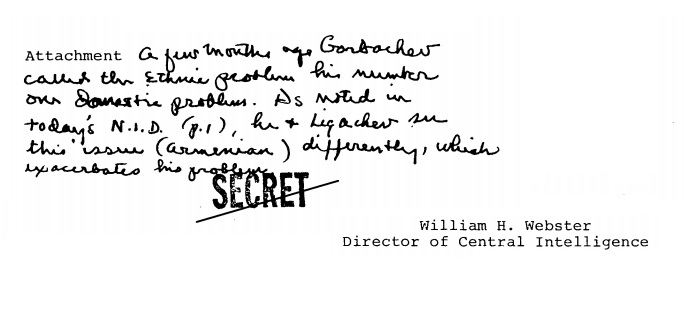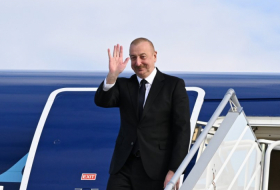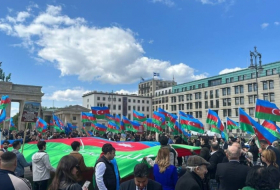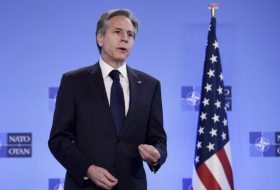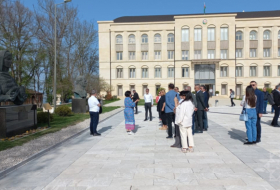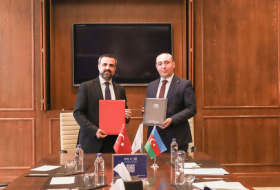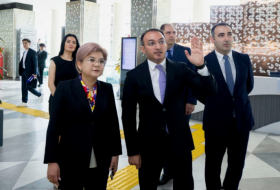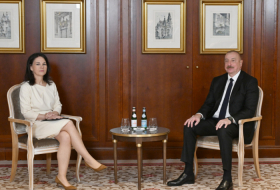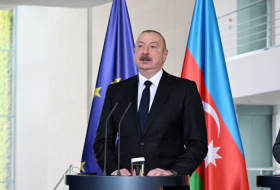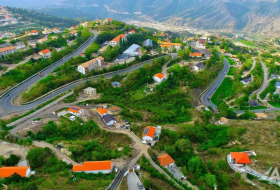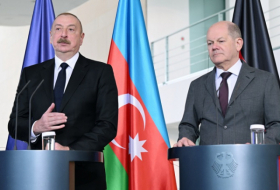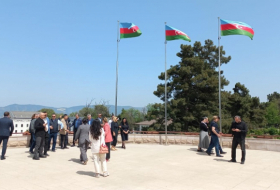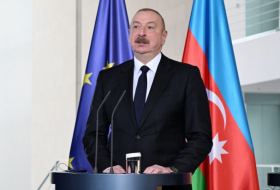Now the archive is available in the online library at the CIA. `Access to this historically significant collection is no longer constrained by geography, ` — said in a press release the head of the CIA information management Joseph Lambert, quoted by CNN.
The published documents contain information on the activities of the intelligence Agency for several major conflicts of the second half of the twentieth century: the Korean War, the Vietnam War and the cold war.
Also published data on the sightings of UFOs and secret «Star gate», designed to study the mental abilities including the ability to remotely «see» events and collect information from a distance, and their possible applications.
AzVision.az will publish each of the CIA documents in the section on Azerbaijan.
The first document about our country is the report titled ` History of Armenian-Azeri Animosity ` prepared in 1988 by the CIA.
The document presented by the signature of the Head of the CIA William Webster and prepared for the then US vise-president, contains a lot of intentional fallacies and biased approach towards the historical facts. When we got the bottom of the report, the reason of the twisted minds of the US government becomes clear. Simply, the CIA did not provide the Government with precise information.

The report reads, `the enmity between Soviet Armenians and Azerbaijanis fundamentally is based on religious and ethnic differences. Armenians are Orthodox Christians, Azerbaijanis ethnically Turkic and Shia Muslim. These differences over the centuries have produced acrimonious territorial disputes, especially over Nagorno-Karabakh.
Armenian and Azeri lands historically have been contested by the Ottoman Turks and the Persian Empire. The Russian Empire expanded into the Caucasus in the early 19th century, taking both ethnic groups under its tutelage and occasionally playing the two groups off against one another.
The deportation by Turkey of virtually its entire Armenian population in 1915, leading to the death of an alleged 1.5 million, enormously increased Armenian hatred of Turkic peoples - including the Azerbaijanis. At the same time, many Armenians came to see the Russians as protectors or at least as a `lesser evil. `
When the Tsarist Empire collapsed in 1917, both Armenia and Azerbaijan existed for two years as independent republics. However, their mutual hatred made it easier for the Red Army to establish Soviet hegemony in the Caucasus in 1920, and both republics were incorporated into the USSR.
The Bolshevik takeover left Azerbaijan in control of Karabakh. But the Armenians regarded it as rightfully theirs both because of ethnic composition (overwhelmingly Armenian) and because of its special place in their national history. At first, Moscow awarded Karabakh to the Armenians, but when Turkey expressed opposition to a large Armenian republic on its borders, the Soviet leadership in 1923 shifted Karabakh (renamed Nagorno- Karabakh) back to Azerbaijan.
Since that time, the Armenians have periodically agitated for the return of Nagorno-Karabakh. According to Gorbachev economic adviser Abel Aganbegyan, who is ethnically half Armenian, for decades Armenian party meetings and public gatherings have quietly pressed the issue. In the 1960s and 1970s, Armenian dissidents circulated manifestos demanding the return of the region.
The Azerbaijanis` intransigence on the issue is intensified by resentment of what they see as Russian favoritism toward the Armenians—based on religious affinity and the larger representation of Armenians in Moscow`s political elite.
Moreover, Azerbaijanis feel victimized by demographic trends that swell the number of unemployed Azeri youth and worsen living conditions. These larger grievances indirectly feed into Armenian-Azeri tensions and increase the potential for Azeri violence against Armenian inhabitants of Azerbaijan.
S.Hasanova
AzVision.az








